
South Sudan Travel Guide
| Due to the unstable situation and very high level of general risk, traveling to South Sudan may be dangerous. Read more |
Did you know?
The surface area of South Sudan is 239.3 thous. mi², which puts the country in position number 45 in terms of the area in the world.
How far is it?
1. The site uses the Great Circle method of calculating distances between two points on the Earth
2. To change the cities for comparison, change Your Country in settings
The distance between Juba (SS) and Washington D.C. (US) is 6994 miles
To calculate distance between your location and Juba click here
Country Comparison
Compare South Sudan to any country in the world and see key differences between them side-by-side.
Get ready for your next trip
With just a few clicks you can find the best accommodation, airline tickets, or buy insurance that provides comprehensive protection for your next journey.
Cities and Top Tourist Attractions
From historical cities to picturesque landmarks and fascinating places - don't miss out on these attractions when planning a visit to South Sudan
Facts and Figures
Fundamental socio-economic statistical data pertaining to the country
Population | 84 / 231 Ranking | 11 193 725 Dinka 35.8%, Nuer 15.6%, Shilluk, Azande, Bari, Kakwa, Kuku, Murle, Mandari, Didinga, Ndogo, Bviri, Lndi, Anuak, Bongo, Lango, Dungotona, Acholi |
Area | 45 / 230 Ranking | 239.3 thous. mi² It is approximately 7% of the territory of United States. |
Life expectancy | 192 / 196 Ranking | 58.6 Life expectancy expressed in years.men 56.9women 60.4 |
Median age | 16 / 157 Ranking | 18.6 Average age of population expressed in years.men 18.9women 18.3 |
Population growth | 1 / 172 Ranking | 5.05% The difference between live births and deaths. A negative value means natural loss. |
Literacy | 130 / 131 Ranking | 34.5% Ability to read, write and count.men 40.3%women 28.9% |
GDP | 188 / 194 Ranking | 1 496 INT$ GDP per capita is gross domestic product converted to international dollars (Int$) using purchasing power parity rates and divided by total population. |
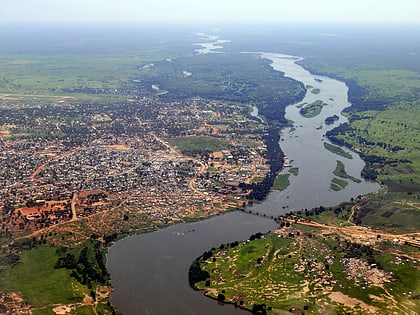
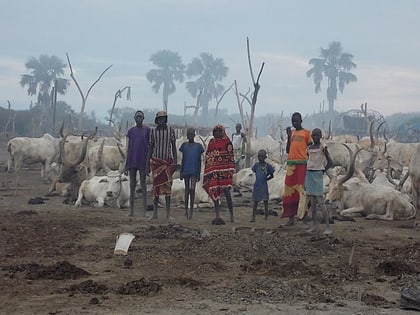

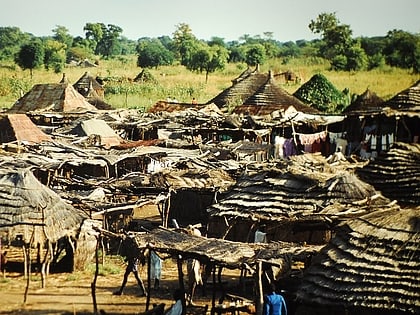
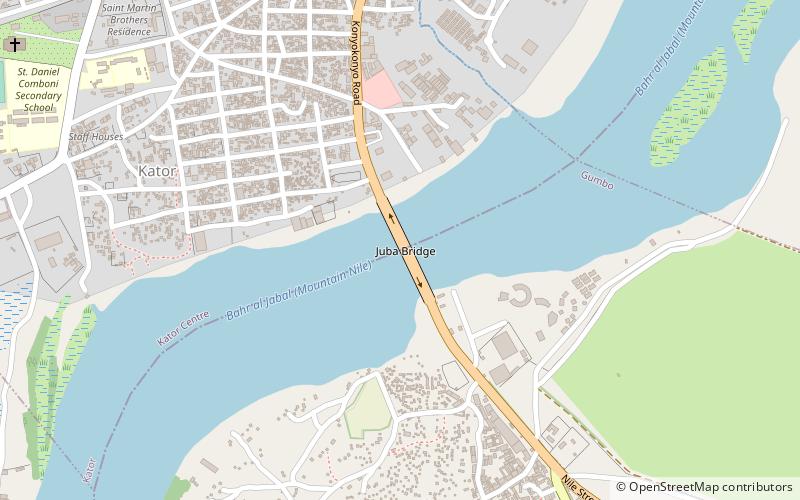


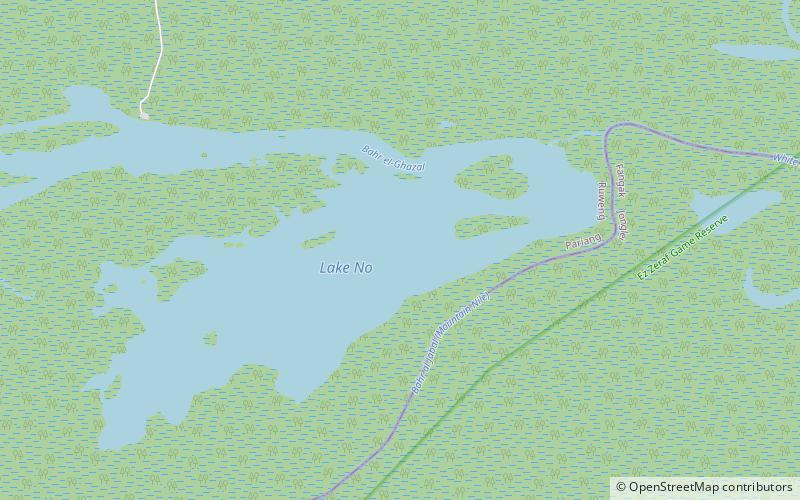
 Kenya
Kenya